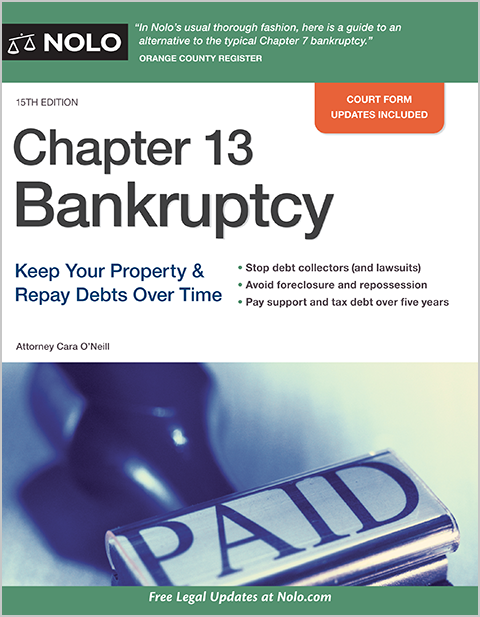According to a 2015 article in the, in 2014, about 12% of the United States HECM reverse mortgage customers defaulted on "their property taxes or house owners insurance" a "relatively high default rate". In the United States, reverse mortgage borrowers can face foreclosure if they do not preserve their houses or maintain to date on homeowner's insurance and residential or commercial property taxes.
On 25 April 2014, FHA revised the HECM age eligibility requirements to extend certain protections to spouses more youthful than age 62. Under the old standards, the reverse home loan could just be written for the spouse who was 62 or older. If the older spouse died, the reverse home mortgage balance became due and payable if the younger surviving spouse was left off of the HECM loan.
This frequently created a substantial challenge for partners of deceased HECM debtors, so FHA revised the eligibility requirements in Mortgagee Letter 2014-07. Under the new guidelines, spouses who are younger than age 62 at the time of origination retain the protections used by the HECM program if the older spouse who got the home mortgage passes away.
For a reverse mortgage to be a viable monetary alternative, existing home mortgage balances usually must be low enough to be settled with the reverse home mortgage proceeds - how home mortgages work. However, borrowers do have the option of paying down their existing home mortgage balance to certify for a HECM can timeshare ruin your credit reverse home loan. The HECM reverse home loan follows the basic FHA eligibility requirements for property type, indicating most 14 family residences, FHA approved condos, and PUDs qualify.
Before starting the loan procedure for an FHA/HUD-approved reverse home loan, candidates must take an authorized therapy course. An authorized counselor must assist describe how reverse home loans work, the monetary and tax ramifications of securing a reverse mortgage, payment alternatives, and costs associated with a reverse mortgage. The therapy is indicated to safeguard borrowers, although the quality of counseling has been slammed by groups such as the Customer Financial Protection Bureau.
Getting My How Do House Mortgages Work To Work
On March 2, 2015, FHA implemented new guidelines that require reverse Wesley Financial is amazing home loan applicants to go through a monetary assessment. Though HECM debtors are not needed to make monthly home loan payments, FHA desires to make certain they have the monetary capability and desire to keep up with real estate tax and homeowner's insurance (and any other relevant residential or commercial property charges).
Prior to 2015, a Loan provider could not refuse an ask for a HECM as the requirement is age 62+, own a house, and meet preliminary debt-to-equity requirements. With FA, the loan provider might now require Equity "reserved" guidelines and sums that make the loan difficult; the very same as a declination letter for bad credit.
Satisfying credit - All housing and installment debt payments must have been made on time in the last 12 months; there disappear than two 30-day late mortgage or installment payments in the previous 24 months, and there is no major bad credit on revolving accounts in the last 12 months.
If no extenuating circumstances can be documented, the debtor might not certify at all or the loan provider might require a large amount of the primary limit (if readily available) to be taken into a Life Span Set Aside (LESA) for the payment of property charges (real estate tax, property owners insurance, and so on).
The fixed-rate program includes the security of a rate of interest that does not alter for the life of the reverse home mortgage, however the rate of interest is typically greater at the start of the loan than a similar adjustable-rate HECM. Adjustable-rate reverse mortgages typically have rate of interest that can change on a month-to-month or annual basis within particular limitations.

5 Easy Facts About How Do Second Mortgages Work In Ontario Described
The initial rate of interest, or IIR, is the actual note rate at which interest accumulates on the impressive loan balance on an annual basis. For fixed-rate reverse mortgages, the IIR can never ever alter. For adjustable-rate reverse mortgages, the IIR can alter with program limits approximately a life time rates of interest cap.
The EIR is often different from the real note rate, or IIR. The EIR does not identify the amount of interest that accumulates on the loan balance (the IIR does that). The total swimming pool of money that a borrower can get from a HECM reverse mortgage is called the principal limit (PL), which is computed based upon the maximum claim quantity (MCA), the age of the youngest customer, the anticipated interest rate (EIR), and a table to PL elements released by HUD.
Most PLs are normally in the range of 50% to 60% of the MCA, however they can in some cases be greater or lower. The table below gives examples of primary limitations for various ages and EIRs and a property worth of $250,000. Borrower's age at origination Expected interest rate (EIR) Principal limitation aspect (as of Aug.
5% 0. 478 $119,500 65 7. 0% 0. 332 $83,000 75 5. 5% 0. 553 $138,250 75 7. 0% 0. 410 $102,500 85 5. 5% 0. 644 $161,000 85 7. 0% 0. 513 $128,250 The principal limit tends to increase with age and decrease as the EIR increases. Simply put, older debtors tend to certify for more cash than younger borrowers, but the overall quantity of cash readily available under the HECM program tends to reduce for any ages as rate of interest rise.
Any additional profits offered can be distributed to the debtor in numerous methods, which will be detailed next. The money from a reverse home mortgage can be distributed in 4 ways, based on the borrower's monetary needs and objectives: Swelling amount in cash at settlement Month-to-month payment (loan advance) for a set variety of years (term) or life (period) Credit line (similar to a home equity line of credit) Some combination of the above Note that the adjustable-rate HECM provides all of the above payment choices, but the fixed-rate HECM just offers lump amount.
Some Ideas on What Banks Give Mortgages For Live Work You Need To Know
This suggests that debtors who choose a HECM line of credit can possibly access to more cash over time than what they at first received at origination. The line of credit development rate is determined by including 1. 25% to the initial rates of interest (IIR), which suggests the line of credit will grow faster if the rates of interest on the loan increases.
Because lots of borrowers were taking complete draw lump amounts (typically at the support of lenders) at closing and burning through the cash rapidly, HUD looked for to protect borrowers and the viability of the HECM program by restricting the amount of earnings that can be accessed within the first 12 months of the loan.

Any remaining available proceeds can be accessed after 12 months. If the total necessary responsibilities surpass 60% of the primary limitation, then the borrower can draw an extra 10% of the primary limitation if readily available. The Real Estate and Economic Healing Act of 2008 provided HECM debtors with the opportunity to purchase a brand-new principal house with HECM loan continues the so-called HECM for Purchase program, effective January 2009.